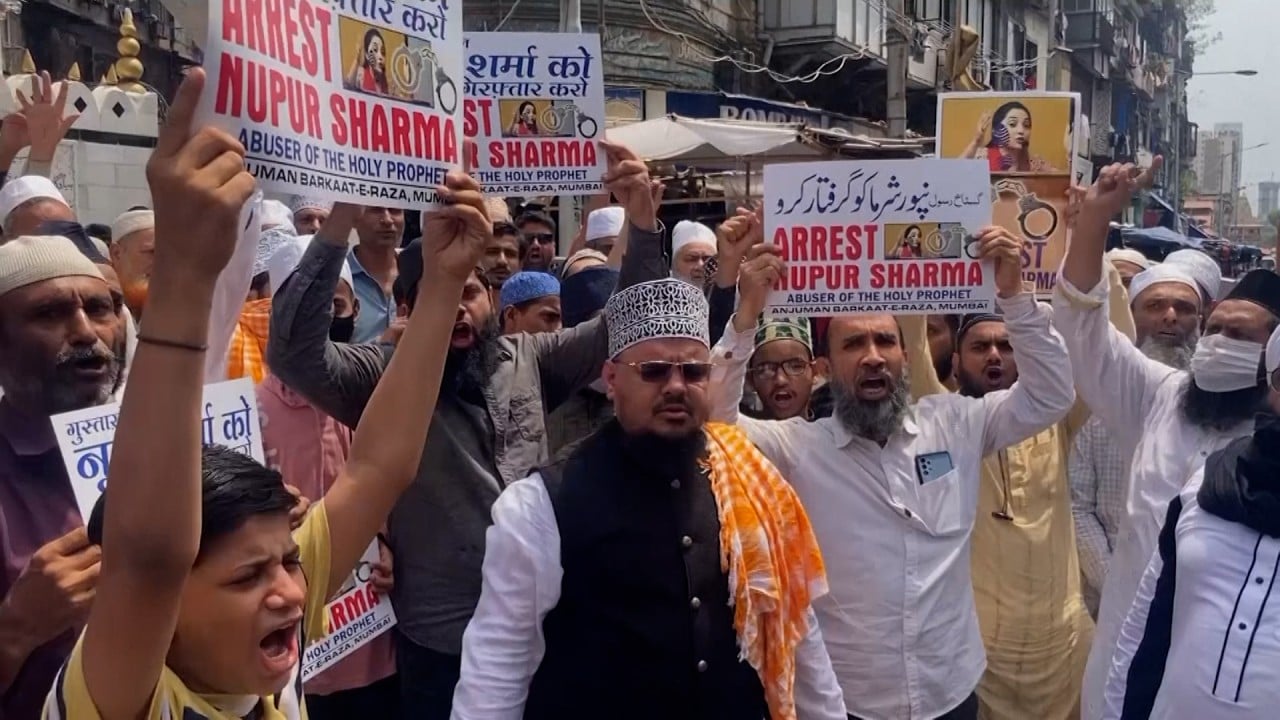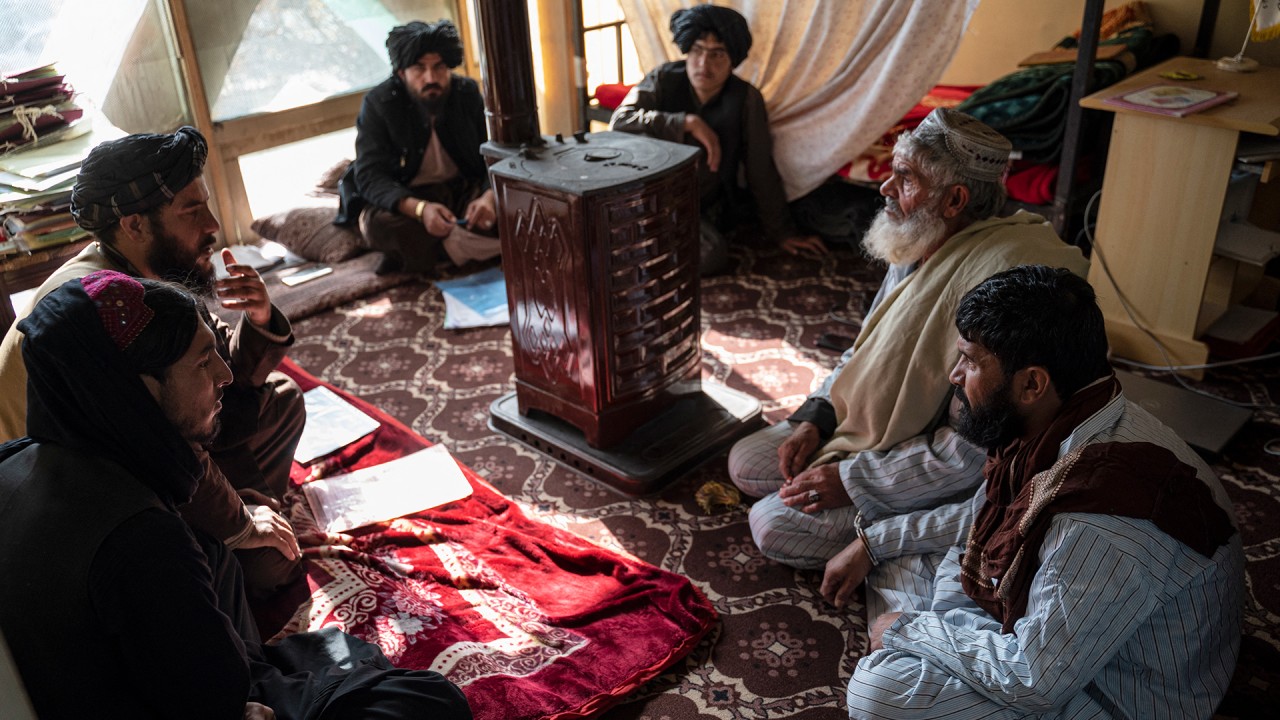
From Taliban’s return to Hindutva’s spread, terrorism and extremism in South Asia have become more fragmented
- While geopolitical developments and the Covid-19 pandemic pushed terrorism down South Asian countries’ priority list, its spread has continued
- The Taliban’s return had a relatively limited impact, though the Pakistani Taliban kept up its insurgency and evidence emerged of Hindutva’s global presence
The US withdrawal from Afghanistan, US-China global rivalry and economic impact of the Covid-19 pandemic have pushed terrorism down the priority list of several South Asian states. However, terrorism not only persisted in South Asia in 2022 but expanded and diversified, both ideologically and operationally.
Consequently, South Asia’s extremist trends in 2022 looked fragmented and complex. They benefited from existing sociopolitical fault lines, religious polarisation, shrinking space for dissent and civil liberties and states’ oppression of the media, often using counterterrorism laws as a weapon.
The year’s most telling trend was the declining salience of Afghanistan in South Asia’s extremist landscape. Historically, Afghanistan has been an agent of change in the region, from the Mongols’ invasion in the 13th century to the 1979 Russian military invasion that paved the way for the rise of jihadist proxy groups and the US-led global “war on terror”.
Aside from Pakistan, the Taliban’s return to power did not have a major effect on other South Asian countries.
In 2022, there was an outward growth of Hindutva beyond India both in the cyber and physical domains. Hindutva radicals have harassed and intimidated those critical of Hindutva.

Last year also saw the diversification of ideological narratives of Hindutva and jihadist extremism. The “Trads versus Raitas” debate within Hindutva ideological space epitomises this trend. Trads refers to an online subculture of the Hindutva movement which is ultraradical. This group regards mainstream Hindutva ideologues and figures as soft on religious minorities in India and calls them Raitas.
For its part, the Taliban refers to Isis-K as “Kharijites” – rebels or criminals – and is trying to crush the group.
In their physical and ideological contest, Isis-K and the Taliban are trying to win the support of local jihadist groups such as the TTP, the East Turkestan Islamic Movement and the Islamic Movement of Uzbekistan, among others.
Other noteworthy trends in South Asia last year include hybrid militancy in Indian Kashmir and the resurgence of the TTP in Pakistan.
Hybrid or “faceless militancy” signifies a new phase of anti-state violence in Kashmir involving locals who use light weapons instead of assault rifles and melt away in the population after the attacks. Given their anonymous nature, it is difficult to spot and eliminate hybrid militants.
Meanwhile, the TTP’s resurgence in Pakistan is a direct result of the powerful military establishment’s myopic policy of supporting the Taliban’s return to power and counterproductive peace talks that allowed the TTP to regain territory.
Terrorism has not only persisted in South Asia but metastasised operationally and ideologically. While 2022’s trends highlight the local and cross-border nature of terrorism in the region, they can undermine already fragile interstate relations.
Unfortunately, the absence of functioning regional counterterrorism mechanisms, growing social and political polarisation, poorly governed spaces and state patronage will provide extremist groups enough latitude to evolve and stay relevant in 2023.
Abdul Basit is a research fellow at the S. Rajaratnam School of International Studies, Singapore. Twitter: @basitresearcher



